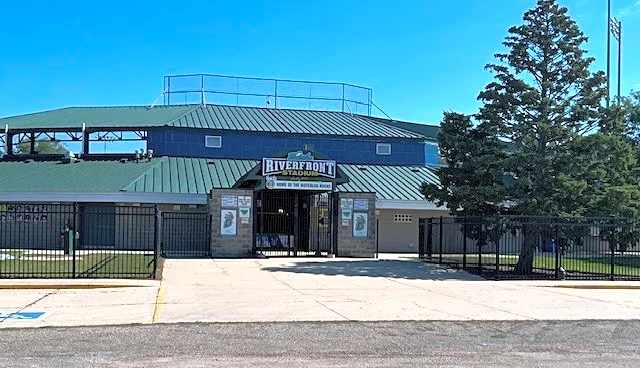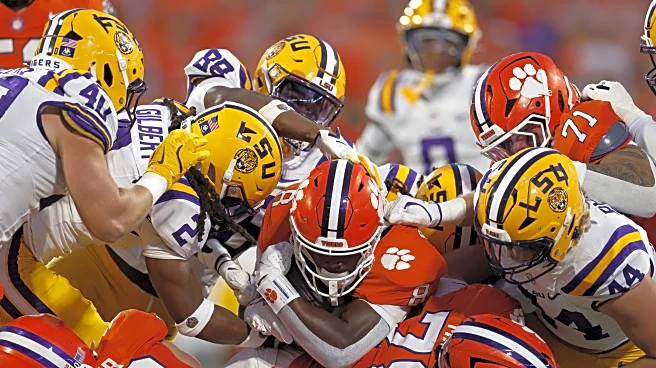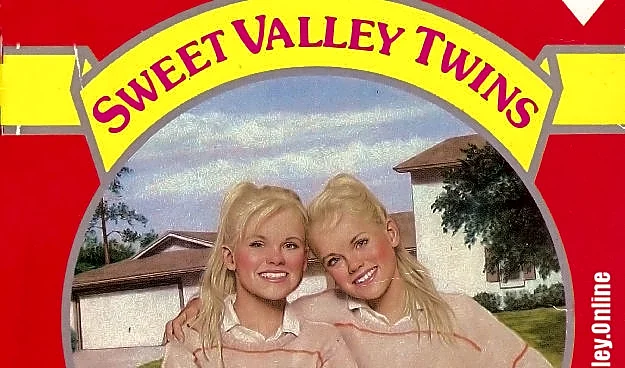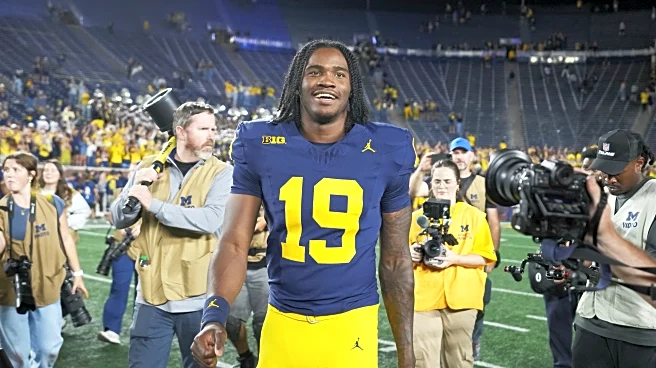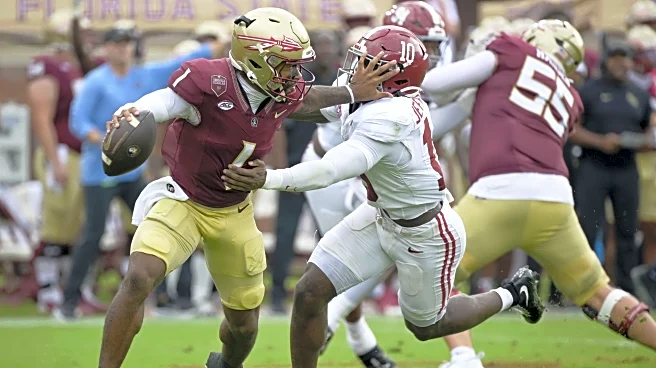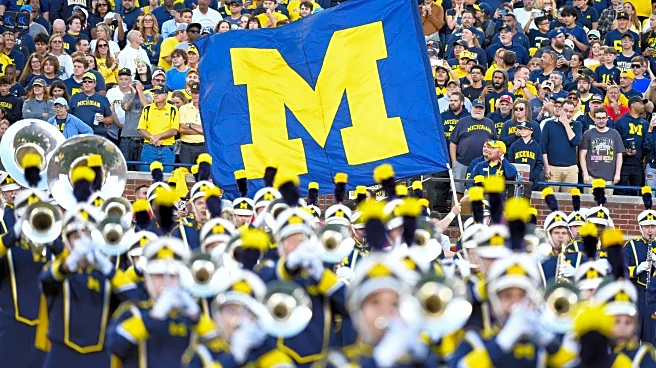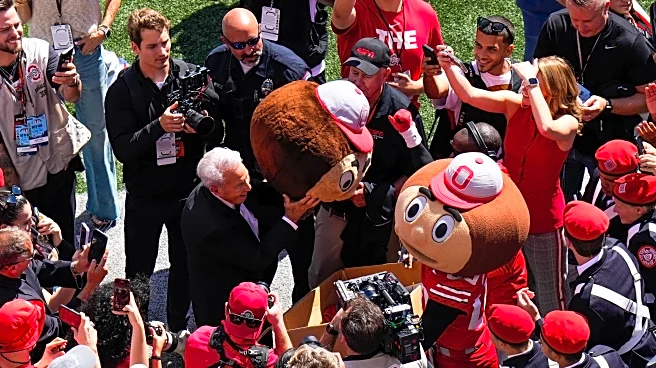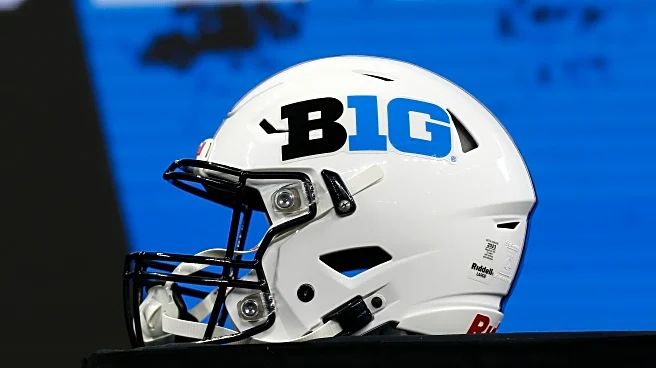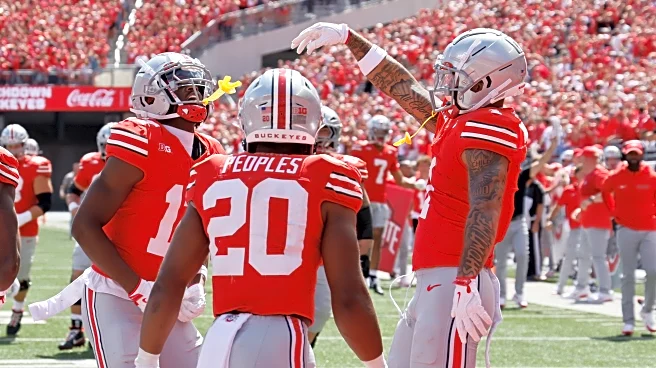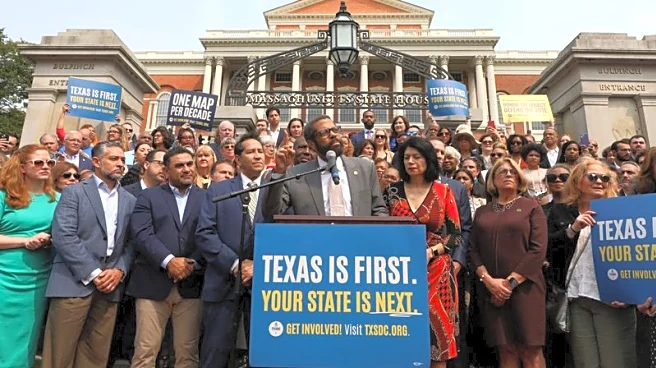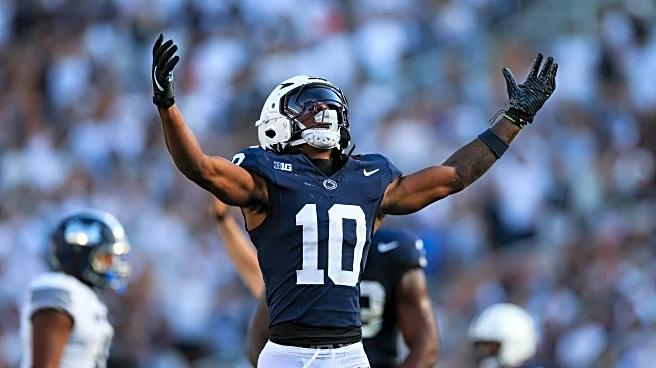
When Cedric Tallis, Lou Gorman and Charlie Metro were tasked with setting up the structure of what became the 1969 expansion Royals, they were also charged with finding enough players to man all their various minor league teams.
Much has been written about the death of minor league baseball in America, and there is truth to that. In 1969, the Royals had nine minor league affiliate teams compared to just six today. In 1969, the team had two winter rookie league teams, one in Florida, the other in Arizona,
a rookie level team in Kingsport, Tennessee, two Low A teams (Winnipeg and Corning N.Y.), two High A teams (High Point-Thomasville, N.C. and Waterloo, Iowa) plus their AA squad in Elmira, NY and their AAA entry in Omaha.
Some of that drop in teams is due to the cost of maintaining a minor league team. Some of the reduction is the simple fact that baseball is just not as popular as it was several decades ago as young men have gravitated towards basketball, football, soccer, hockey and even sports like MMA.
Of the Royals original minor league teams, the only one remaining today is of course the Omaha entry, which is a remarkable relationship that covers over five decades.
Omaha is the perfect spot for an AAA team. The state of Nebraska has a strong baseball heritage plus Omaha is the home of the College Baseball World Series. Add in that the population of the Omaha metro area has doubled in that time frame (now close to 1 million people) and its close proximity to Kansas City, and you can see why Omaha is the perfect spot for the Royals top affiliate.
This story, however, is about the Waterloo Class A team. Waterloo had a long history of its own with minor league baseball, having been affiliated with the Chicago White Sox for many years. The Waterloo White Hawks started playing in 1946 in the Three-I League (Iowa-Illinois-Indiana) as a Class B league. The league primarily stuck to those three states but expanded its borders when necessary and included teams such as the Hannibal (MO) Mules and the Topeka Hawks. Waterloo began playing in the Three-I in 1910 with a team called the Waterloo Boosters. The city went without a team from 1912 to 1938, when it rebounded with the Waterloo Red Hawks, and with the exception of the World War Two years of 1943 to 1946, when players were scarce, fielded a team.
The White Sox left town after the 1956 season and the city was without a team for the summer of 1957. In 1958, the Boston Red Sox had their Class D team in Waterloo, a relationship that was maintained throughout the 1968 season. The 1968 team had some star power with pitchers Bill “Spaceman” Lee, Lynn McGlothen and Rogelio Moret. They also featured a 20-year-old up and comer named Carlton Fisk.
Old timers in the area still talk about the stars that came through town. The White Sox sent through guys like Luis Aparicio, Earl Battey, Norm Cash, Jack Fischer (who pitched for the Kansas City Athletics) and Jack Kralick, who threw a no-hitter against the A’s in 1962 as a member of the Twins.
The Red Sox had players like Reggie Smith, Glenn Beckert and Wilbur Wood as well as Tony Muser and Galen Cisco, two guys who were later affiliated with the Royals.
After the Red Sox left town, the Royals took up occupancy at Riverfront Stadium. After the Royals departed, the Indians, and later the Padres, called Riverfront home. During those years Von Hayes, Kelly Gruber, Greg Swindell, Albert Belle and Trey Hillman played there.
The Waterloo Royals were the attraction between 1969 and 1976, and their fortunes mirrored those of the parent club. The team finished 72-53 in 1972 and had a winning record in 1973 and 1974. The two teams that locals still talk about were the 1975 and 1976 squads. The 1975 team, often considered one of the best minor league teams of all time, went 93 and 35, an astounding .726-win percentage, while running away with the league championship. The 1976 team finished at 78 and 52 and was also league champion.
Strangely enough, that 1975 team wasn’t loaded with future stars. Sure, they had some guys who later played in the league, like German Barranca, Charlie Beamon, Roy Branch and Joe Gates. The two big names were Willie Wilson, who did become a major star and Dan Quisenberry. Wilson was just 19 years old and performed admirably, hitting .272 and swiping 76 bases in 88 attempts. Quisenberry hadn’t yet developed into “Dan Quisenberry”. He only appeared in 20 games in his first season in the bullpen. His ERA was a respectable 2.45, but nothing in that would have led one to predict his future trajectory.
The team didn’t have a lot of power with Tommy Curran and Karel deLeeuw leading the way with 11 dingers each. Riverfront is a notoriously hard place to hit home runs unless you’re a bona fide slugger (like Von Hayes, who sent several over the trees and railroad tracks behind the outfield fence).
The leader of that team was unquestionably second baseman Joe Gates, who hit .270 and was near the top of all offensive leaderboards. Gates was a classic minor league story: signed by the Royals as an undrafted free agent in 1973, blocked in Kansas City by Frank White and later traded to the White Sox. He got a cup of coffee with Chicago in 1978 and 1979, even collecting a hit and scoring a run in his first game. He got into one game against his former team, in May of 1979, and stroked a pinch hit, RBI triple, his only major league extra base hit.

Every minor league town has their favorites, and Gates was that guy in Waterloo. According to local minor league historian Pat Kinney, a fan on the first base side would bellow, “GOJOEGO” every time Gates would reach first. Gates would often oblige him, swiping 55 bags that summer. Gates played through the 1982 season before going into coaching. He passed away March 28, 2010, at the young age of 55 while coaching the Gary, Indiana Rail Cats of the Northern League.
The Royals’ last team in Waterloo had a little more star power: 18-year-old Wunderkind Clint Hurdle mashed 19 home runs, drove in 89 and drew 118 walks. Ken Phelps made a brief appearance. Outfielder Darrell Parker, only 20 years old, was a star on the 1975 team and again in 1976 when he hit .314. Parker always hit well in his ten seasons in the minors but never got a crack at big-league pitching. He topped out at Omaha in 1979, where he hit a career worst .226. Baseball is tough.
The 1976 staff was highlighted by 22-year-old Rich Gale, who threw a team high 148 innings. Gale would be in Kansas City for the 1978 season, where he was a pleasant surprise, going 14 and 8 over 192 innings. That earned him a 4th place showing in the Rookie of the Year vote.
1976 was the year that Dan Quisenberry put it all together. Quiz adopted his submarine style, threw 42 innings and recorded a microscopic 0.64 ERA. Quiz had to buck and fight the naysayers within the organization who didn’t think of him as a prospect. He finally got the call to Kansas City in 1979 and by 1980 led the league in saves. He led the league four more times in his career before retiring after the 1990 season.
The Royals moved their class A team to Daytona Beach beginning with the 1977 season which was the end of the love affair for Waterloo. There were 32 players who came through Waterloo who eventually made their way into the big leagues including notables such as Doug Bird, Tom Bruno, Al Cowens, Ruppert Jones, Dennis Leonard, Mark Littell, Greg Minton and Joe Zdeb.
The Royals renewed their Iowa roots in 2021 when they moved their Class A team into Modern Woodmen Park in the Quad Cities.
After the Royals left Waterloo, the Indians and later the Padres moved in. With Riverfront Stadium in need of serious upgrades and no one with deep enough pockets stepping forward, San Diego terminated the relationship after the 1993 season and minor league baseball in Waterloo came to an end.
Baseball returned to Waterloo in 1995 with the Independent league Waterloo Bucks. The Bucks play in the Northwoods League, a collegiate wooden bat league. The Northwoods League was the only operating league that admitted fans during the pandemic. We went to many games that summer and it was a welcome respite from the madness of the year. The Northwoods features some of the best young college players in the country and the baseball is competitive and entertaining. The league has put many alumni into the majors, including stars such as Max Scherzer, Chris Sale, Marcus Semien, Matt Chapman, Curtis Granderson, Brandon Crawford and Pete Alonso.
The Independent Leagues across the country have gone a long way towards filling the void left by the shrinking of the minor leagues. Tickets are inexpensive, the food and beer are generally very good, and most ballparks give off a serious Bull Durham vibe. Give it a shot next summer, I think you’ll like it.
